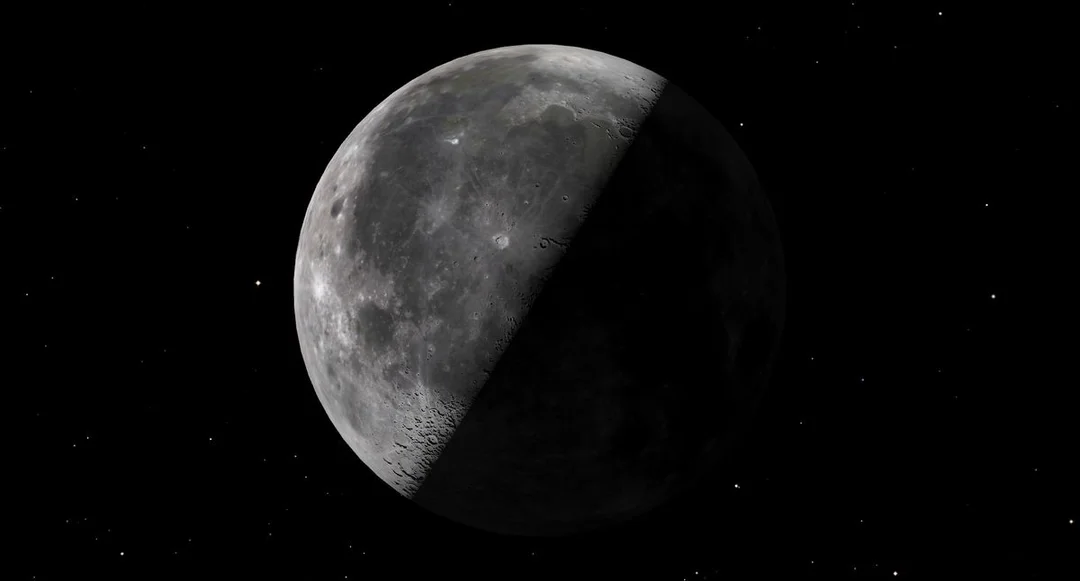
Catch the Moon’s Last Quarter Phase This Week: Prime Time for Lunar Observation
Get ready, skywatchers! The moon is set to reach its last quarter phase this week, offering a prime opportunity to observe its stunning features. On May 20th, the lunar disk will be bisected by shadow, creating striking contrasts and highlighting craters on the lunar surface. This is a perfect moment for both casual observers and dedicated astrophotographers.

According to in-the-sky.org, the last quarter phase will occur at 07:59 a.m. EDT (1159 GMT) on May 20th. However, the best time to view the half-lit moon will be in the pre-dawn hours of May 20th. The following night, only 39% of the moon will be illuminated as the terminator (the line separating light and shadow) creeps toward the new moon phase on May 26th.
This phase is particularly advantageous for viewing lunar craters. Tycho crater, a 53-mile-wide formation in the southern highlands, will be an excellent target. The crater's central impact peak casts strong shadows, making it relatively easy to spot. Also, the 57-mile-wide Copernicus Crater will be easily visible a little left of the terminator, close to the lunar equator. It's a great chance to observe these iconic lunar features utilizing telescope or binoculars.

Don't forget to observe the darker expanses of Oceanus Procellarum (Ocean of Storms) and the surrounding lunar maria in the northwest of the moon's disk. These plains were formed billions of years ago by lava flows that cooled into basaltic plains, now visible to the naked eye.
For those keen on exploring the lunar surface with a telescope, consider the Celestron NexStar 4SE, which is known for delivering quality views of celestial objects. And, photographers aiming to capture the beauty of the solar system can consult guides on the best cameras and lenses for astrophotography.

The moon won't be alone in the sky. It will be accompanied by stars from Aquarius on the left and Capricornus on the right. Furthermore, the planets Saturn and Venus will emerge in the eastern sky before sunrise, adding to the celestial spectacle. Also, Grimaldi, a standout smooth, dark crater near the western limb of the Moon, will be easy for spotting.
The last quarter phase presents a fantastic opportunity to observe and appreciate Luna's beauty. Which lunar feature are you most excited to view during this phase? Share your thoughts and observations in the comments below!